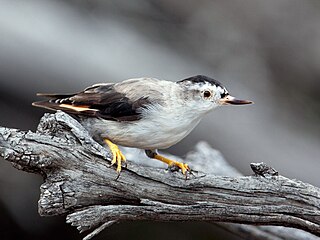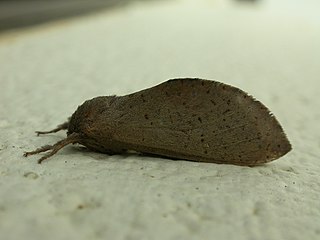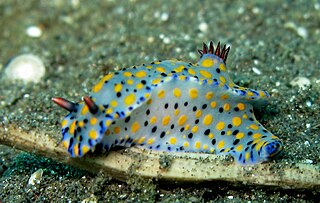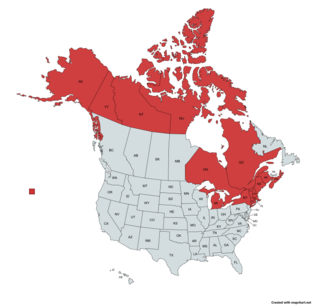
Hover flies, also called flower flies or syrphid flies, make up the insect family Syrphidae. As their common name suggests, they are often seen hovering or nectaring at flowers; the adults of many species feed mainly on nectar and pollen, while the larvae (maggots) eat a wide range of foods. In some species, the larvae are saprotrophs, eating decaying plant and animal matter in the soil or in ponds and streams. In other species, the larvae are insectivores and prey on aphids, thrips, and other plant-sucking insects.

The scaly-breasted lorikeet is an Australian lorikeet found in woodland in eastern Australia. The common name aptly describes this bird, which has yellow breast feathers broadly edged with green that look like scales.

The varied sittella is a small, around 10–11 cm long, songbird native to Australia. It is also known as the Australian nuthatch, orange-winged sittella and the barkpecker.

Episyrphus balteatus, sometimes called the marmalade hoverfly, is a relatively small hoverfly (9–12 mm) of the Syrphidae family, widespread throughout the Palaearctic region, which covers Europe, North Asia, and North Africa. It is considered the most abundant native hoverfly in Central Europe.

Volucella bombylans is a large species of hoverfly belonging to the family Syrphidae.

Eristalinus taeniops is a species of hoverfly, also known as the band-eyed drone fly.

Pseudargyrotoza conwagana is a moth of the family Tortricidae found in Asia and Europe. It was first described by the Danish entomologists, Johan Christian Fabricius in 1775.

Philhelius pedissequus is a species of hoverfly. Prior to 2018, it was known under the genus name Xanthogramma, a junior synonym.

Eupeodes corollae is a very common European species of hoverfly. Adults are 6–11 millimetres (0.24–0.43 in) in body length. Males and females have different marking on the abdomen; males have square commas on tergites 3 and 4, whereas females have narrow commas. Larvae feed on aphids. This species has been used experimentally in glasshouses as a method of aphid control, and to control scale insects and aphids in fruit plantations. They were found to be partial to the fruit, eating more fruit than aphids.

Elhamma australasiae is a moth of the family Hepialidae. It is found along the eastern seaboard of Australia.

Episyrphus is a genus of hoverflies in the subfamily Syrphinae. Larvae are predatory, often on aphids.

Chrysoesthia sexguttella, common name the orache leafminer moth, is a moth in the family Gelechiidae. It is found in all of Europe, east to southern Siberia, as well as the north-eastern parts of North America, where it might be an introduced species.

Hypselodoris kanga is a species of sea slug or dorid nudibranch, a marine gastropod mollusk in the family Chromodorididae.

Gastrophysa viridula, known as the green dock beetle, green dock leaf beetle or green sorrel beetle, is a species of beetle native to Europe.

Caliprobola speciosa is a Palearctic hoverfly. It is an ancient woodland bioindicator.
Mahony's toadlet is a species of small frog that is endemic to Australia. The specific epithet honours Professor Michael Mahony of the University of Newcastle for contributions to the study of Australian frogs.

Liatongus rhadamistus, or Scaptodera rhadamistus, is a species of dung beetle found in India, Sri Lanka, Laos and Thailand.
Sphegina (Asiosphegina) adusta is a species of hoverfly in the family Syrphidae found in Myanmar. It's easily identified by its large size, left side surstylus with a number of unusual lobes, and general dark-brown coloration. It's similar to S. atricolor and S. furva, but unlike these species it lacks a transverse crest at the base of the lobe located sinistrolaterally at the posterior margin of male sternite IV.

Dasysyrphus laticaudus, the boreal conifer fly, is a common species of syrphid fly observed in Eastern and Northern North America. Hoverflies can remain nearly motionless in flight. The adults are also known as flower flies for they are commonly found on flowers, from which they get both energy-giving nectar and protein-rich pollen. The larvae of this genus are aphid predators. .
















